Russia's Victory Day Parade In Moscow Will Celebrate 70th Anniversary Of WWII Victory, Showcase The Newest Military Technology
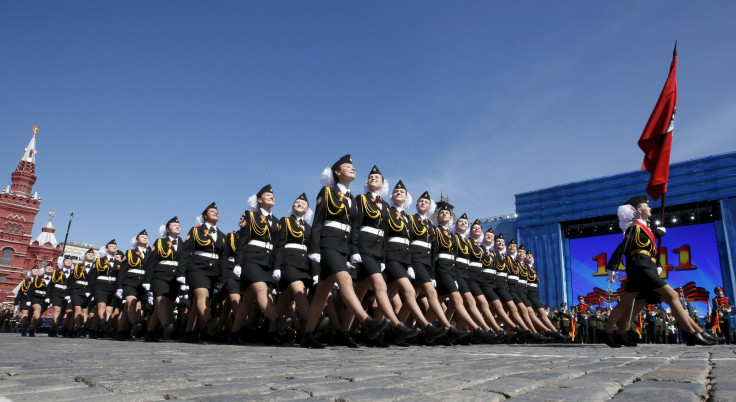
Tanks, missile systems and troops have been trundling through the streets of Moscow for a week now, and visitors to the Russian capital would be forgiven for thinking there is a military coup under way. But that was in fact just the rehearsal for the celebrations of the 70th anniversary of the Red Army’s triumph over Nazi Germany in 1945. Every year Russia, like the Soviet Union before it, celebrates with great fanfare and a massive military parade on May 9 the Day of Victory, the commemoration of the unconditional surrender of Germany that ended World War II in Europe. Russians call it the Great Patriotic War.
This year, the parade takes on added significance, happening as it does in a climate of heightened tension with the West recalling the Cold War, when the military hardware paraded in Red Square was poised to strike the United States and its NATO allies.
Russia’s annexation of Crimea last March and its continuing involvement in the eastern Ukraine war, which has raged for more than one year, are keeping high-profile Western leaders away from this year's celebrations, while fighting in Ukraine threatens to reignite.
Russian Foreign Minister Sergei Lavrov said high-level delegations from China, India, South Africa, Vietnam and North Korea will likely attend. From the European Union, "we are expecting the Czech president, the head of the Slovak government, the Greek prime minister, the president of Cyprus," he said.
Most countries will be represented by ambassadors to Russia. There will in fact be a major Western leader in Moscow, German Chancellor Angela Merkel, but she will be arriving on Sunday, after the celebrations are over. She will lay a wreath at the Tomb of the Unknown Soldier in the Kremlin, in a gesture underscoring the distance that today's Germany has put between itself and the nation's past of armed aggression.
The Russian parade will offers observers a glimpse into Russia’s rearmament -- the government of President Vladimir Putin plans to spend heavily on new weapons -- by showcasing some of the nation’s most advanced technologies. Not unlike Sovietologists used to do in the days of the USSR, military analysts will be looking for interesting new pieces of hardware, although the Russian military is not as surrounded in secrecy as it was in those days and experts largely know what they will see on Red Square.
In addition to the regular military units on parade, and the heralded T-14 Armata battle tank -- which broke down embarrassingly during rehearsals on Thursday -- there are a number of sophisticated weapons making an appearance at the parade this year, including:
- Bumerang armored personnel carrier
- Kurganets-25 infantry fighting vehicle
- 2S35 Koalitsiya-SV self-propelled howitzer
- Ural Typhoon MRAP explosion-proof vehicle
- BTR-82AM Naval Infantry armored personnel carrier
- K-300P Bastion-P mobile coastal defense missile launcher
- The brand new Crimean Wings (Krilya Tavrida) aerobatic team with 4 Yakovlev Yak-130s
- Sukhoi Su-30 and Sukhoi Su-35 fighter jets
Also included in the parade is the T-15 Armata tank, which is an advanced next-generation prototype similar to the T-14. (Neither is in service yet.)
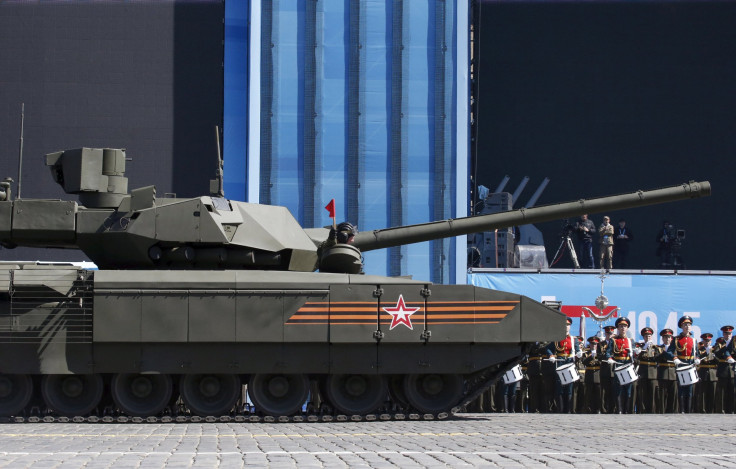
Alongside a number of new personnel carriers and infantry fighting vehicles, there is the Kornet-D anti-tank guided missile, which can be controlled remotely, has a range up to 10 km (6 miles) and can be mounted on nearly any vehicle.
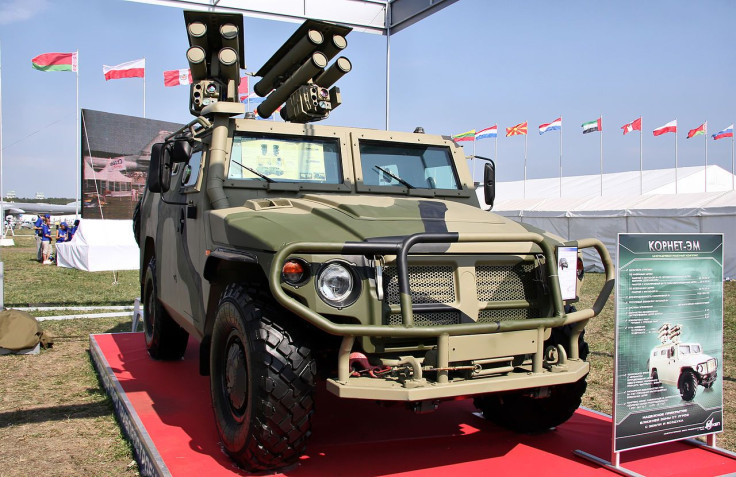
A new version of the R-36 and UR-100N intercontinental ballistic missile launchers will also be paraded. The RS-24 YARS is capable of launching nuclear-tipped missiles as far as 11,000km (6,800 miles).
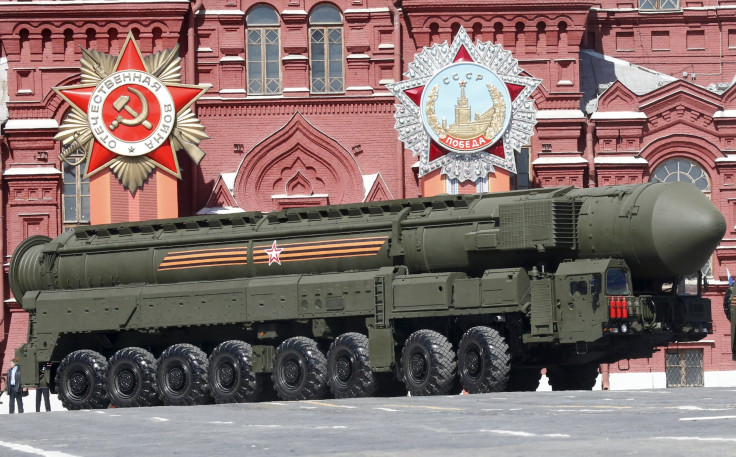


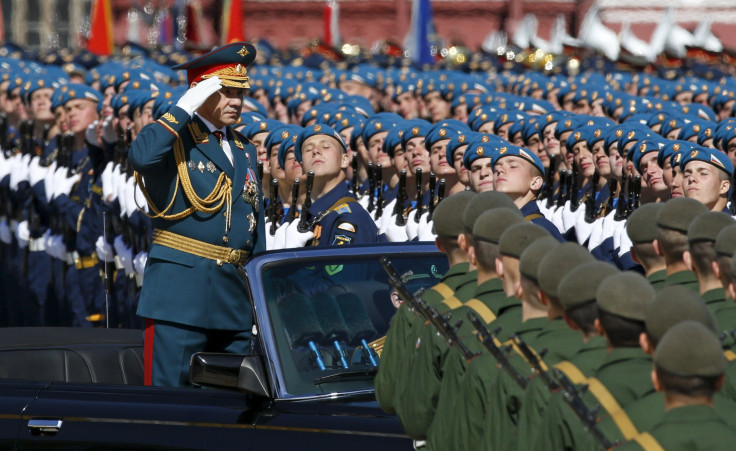
© Copyright IBTimes 2024. All rights reserved.






















